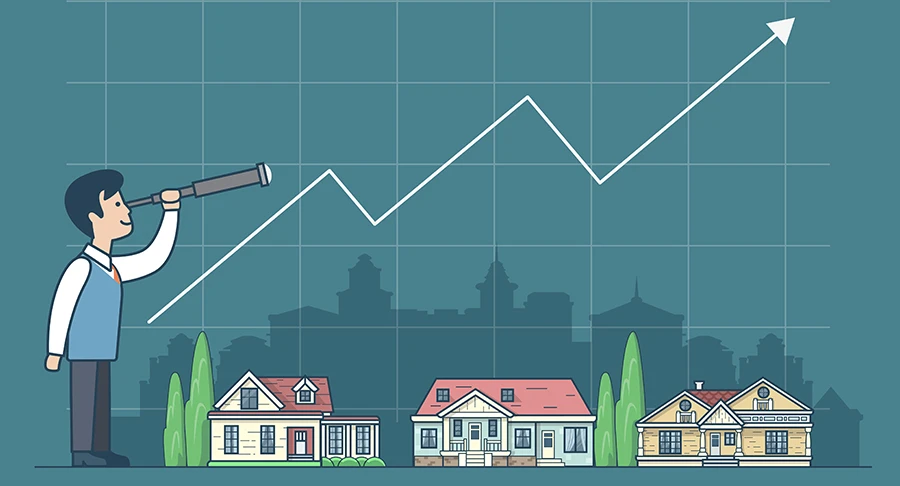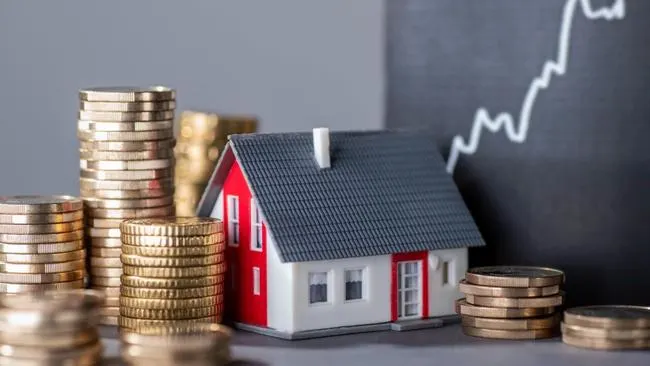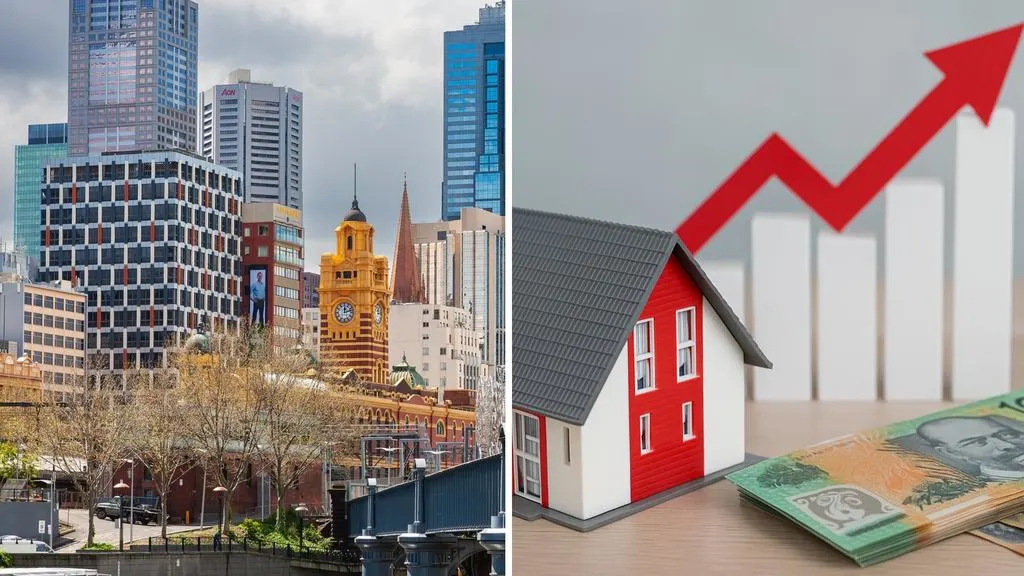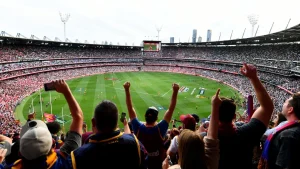Melbourne Property Market Forecast 2025 – What Every Local Needs to Know
“We thought we’d be in our own place by now — instead, we’re still renting in the same share house in Coburg.” — Sam & Maddy, early 30s, Melburnians trying to buy
If you live in Melbourne, you’ve likely heard the buzz: “The property market is back.” But for everyday buyers, renters, and investors — it still feels tough out there. So what’s really going on in the Melbourne property market in 2025?
In this comprehensive guide, we break down what’s happening, what’s forecasted, and what it all means for Melburnians.

Is the Melbourne Property Market Making a Comeback?
Yes — and the data proves it. After a tough 2024 where prices dipped, Melbourne has now posted four consecutive months of home price growth in 2025. Confidence is returning, especially as interest rates show signs of falling.
But not all areas or property types are rebounding equally.
Key Forecasts for 2025-26

According to Domain’s latest Price Forecast Report:
- Melbourne house prices: Projected to grow 6% in FY26
- Melbourne unit prices: Expected to rise 5% after a small dip in FY25
Melbourne is poised to lead the national recovery, thanks to its sensitivity to interest rate changes and strong population growth.
Why Did Melbourne Underperform?
Several reasons:
- Lack of consumer and investor confidence
- Economic headwinds in Victoria
- Investor-unfriendly tax and tenancy reforms
- Heavy lockdown legacy
Victoria lost over 7,600 businesses in 2022-23, and property investors have faced a barrage of new taxes and rigid tenancy laws.
Why Are Investors Leaving Melbourne?
Many landlords are selling up. Here’s why:

Taxes
- Land Tax changes (threshold lowered to $50k, new fixed fees)
- Vacant Residential Land Tax (expanded statewide)
- Windfall Gains Tax (up to 50% tax on rezoning gains)
- Emergency Services Levy (increased council rates burden)
Tenancy Reforms
- Harder to evict tenants
- Tenants can modify properties without consent
- Pets are allowed unless VCAT denies (rare)
- Expensive compliance burdens (gas/electric checks, insulation standards)
The result? Thousands of rental properties have been removed from the market, leading to a record-tight rental crisis.
What Does This Mean for Renters?
- Vacancy rate in Melbourne: Under 1.5% (well below balanced levels)
- Rents up 25% year-on-year in some suburbs
- More bonds refunded than lodged — a historic first
Private investors supply 90%+ of Victoria’s rental housing. Their exodus is making it harder for renters and pushing rents higher.
The Long-Term Opportunity for Strategic Investors
Smart investors know this pattern:
“Buy when there’s fear, sell when there’s greed.”
Melbourne’s market is undervalued compared to Sydney (house price gap now over $600k). The fundamentals — population growth, infrastructure, and affordability — remain strong.
Buying well-located, investment-grade properties now could lead to significant upside in 2026 and beyond.

What Kind of Properties Are Performing Best in 2025?
1. Family-Friendly Homes in Middle-Ring Suburbs
- 3-4 bedroom homes in areas like Mount Waverley, Glen Waverley, Ringwood, Cheltenham, Essendon
- Strong appeal to owner-occupiers
- Gentrifying areas with infrastructure upgrades
2. Townhouses and Villa Units
- Popular with young families
- More affordable than houses
- Strong rental demand
- Best suburbs: McKinnon, Reservoir, Preston, Bentleigh
3. Established Apartments in Premium Locations
- Boutique, low-rise, 2-bedroom apartments
- Good for professionals and downsizers
- High demand near universities and transport
What Areas to Avoid?
- Outer Suburbs like Melton, Bacchus Marsh, Werribee South (limited infrastructure, oversupply)
- Regional Victoria (weaker long-term demand vs. metro)
- High Crime Areas like Broadmeadows, Dandenong, Docklands, and Collingwood (low tenant demand and potential capital risk)
Government Response – Is Help Coming?
Yes — some positive moves:
- Stamp Duty Cuts (from Oct 2024): 12-month relief on off-the-plan units and townhouses
- 50 New Activity Centres: Faster approval for multi-storey housing near public transport
However, new housing completions in 2025 are forecast to be lowest in a decade, while population growth is surging.
Population Growth vs. Housing Supply
- Victoria’s population growth (2024): +146,700 (highest in Australia)
- Melbourne’s projected population by 2050: 9 million
- Homes needed by 2050: 1.6 million
This creates a huge supply-demand imbalance — a key factor driving long-term price growth.

Suburbs Where Property Market Outperformed Wages
In 2024, these Melbourne suburbs earned more than the average worker:
| Suburb | Price Increase (12 mo.) |
| Toorak | $237,486 |
| Canterbury | $160,638 |
| Balwyn | $156,400 |
| South Yarra | $136,311 |
| Surrey Hills | $125,312 |
Should You Invest in Melbourne Now?
If you’re strategic, yes. The market is still below peak levels, buyer confidence is rising, and interest rates are easing.
But don’t chase hotspots or short-term gains. Focus on:
- Owner-occupier appeal
- Suburbs with wage growth and infrastructure
- Investment-grade houses, townhouses, and villa units
Melbourne’s Property Market cycle is turning. Those who act now — with the right advice and due diligence — stand to benefit in the years ahead.














Post Comment